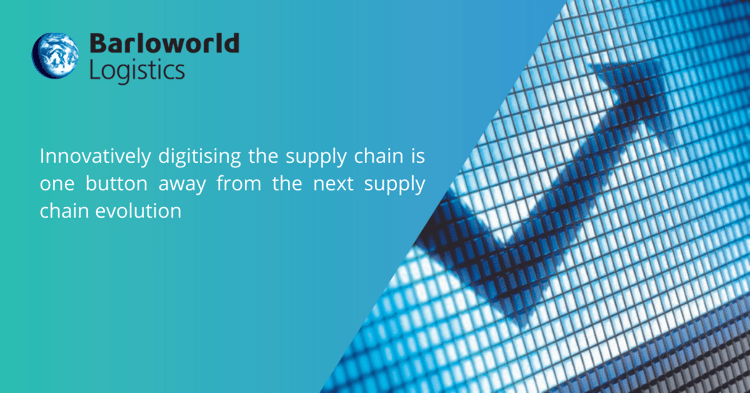
Supply Chain as a service (SCaaS), or even as a self-service(SCaaSS), is by no means a new idea and many companies have been implementing these measures for years. The onset of COVID-19 has, however, forced businesses to streamline processes much faster than planned and SCaaS has quickly become the go-to supply model across many industries.
Why supply chain as a self-service is inevitable
Whether you’re running a massive global enterprise, or a small one-person business, your supply chain will determine your success. The supply chain is the foundation of every enterprise, because without it you have no business. So whether you’re trading in global goods or intellectual property, the way your supply chain is managed will determine whether your company thrives or fades away.
For years, supply chain was an often overlooked part of many businesses. Yes, it needed to be in place, but company leadership paid it little attention as long as it was functioning. This is quite shocking when you consider that up to 90% of business expenses can be attributed to supply chain costs.
These days the supply chain is getting a lot more attention. This can be attributed to various factors, but it’s mostly due to the fact that for many years the global economy has forced companies to review their expenses. The onset of the digital age has also changed the way many aspects of business works, including supply chain, which means more attention has been paid to how specific supply chains operate.

How does a self-service supply chain model work?
More and more, the world is moving towards low-commitment, self-service business models - think Uber or uCook. How this works looks different for every industry, take IKEA as an example below.
CeMAT’s Case Study on IKEA
“Ikea provides a great paradigm for self-service success because it implements a very clever way of reducing the inventory tactic known as cost-per-touch” writes CeMAT Australia. “A good rule of thumb with cost-per-touch to consider is: the more people (or hands) that are involved in the production or movement of goods, means the more it will cost for the end-user. Pretty simple, yeah? This is the philosophy behind the self-service warehouse in Ikea’s stores, where customers literally do the heavy lifting in return for cheap furniture.
More conventional furniture stores operate differently; somebody purchases a furniture item that then generally needs to be ordered, shipped from the manufacturer, delivered to the warehouse, moved from the warehouse to the delivery truck and then finally it reaches the customer’s home. Every time that piece of furniture was moved, shipped or touched, the end consumer would have to pay for it.
Ikea discovered a way to cut out more than just the middleman, and use their customers as free replacements for the distribution of their goods.”
Read CeMAT’s full article on why Ikea’s self-service supply chain has been such a major success story in warehousing and intralogistics.
How does SCaaS work from a logistics and freight forwarding perspective?
SCaaS is the next stage in the evolution of supply chains. A tight global economy, which has now taken a massive knock due to Covid-19, has sped up the demand for SCaaS at an astronomical rate. It’s only logical, considering that supply chain efficiency directly impacts customer satisfaction. And for many businesses, customer satisfaction is going to be the deciding factor as to whether or not they survive this year.
In short, SCaaS is a flexible supply chain model that enables companies to manage their supply chains without the risk of upfront investment in facilities or technology. It means that all supply chain services from storage to transport, delivery and stock control, are outsourced to an expert partner who handles all the supply chain logistics as a service.
The model the world is working toward will see SCaaS operating much like a ride-hailing service such as Uber. Companies will be able to manage their supply chain via an App, or specific programme, and ‘call up’ specific supply chain services as and when needed. This allows for incredible flexibility, supply chain transparency, and also allows companies to only pay for the services they use.
What SCaaS means for service providers
Existing fleet and logistics companies will need to adapt rapidly to keep up with the demand forSCaaS. Those who have been in the game for years, however, have most likely already implemented SCaaS models for many clients.
From the service provider side the demand for SCaaS means a more fluid approach. Costs can be saved by sharing loads and storage facilities between various clients, all depending on need and capacity. At the end of the day, the operations will be determined by the expectations of the end user. Businesses will demand that their SCaaS providers adapt to consumer demands, which is going to require a high degree of flexibility.
This means that SCaaS providers will have to work very closely with their clients in order to ensure that the end-user expectations are met. In many ways, SCaaS will require logistics providers to become an intrinsic part of their client’s operations, because close and efficient working relationships will ultimately lead to the most efficient supply chains, and therefore the best customer service to the end user.
Learn how we helped this FMCG giant streamline their warehouse operations and reduce operational costs.



